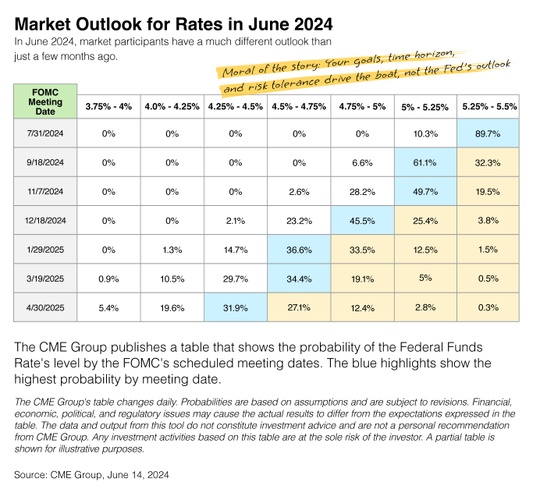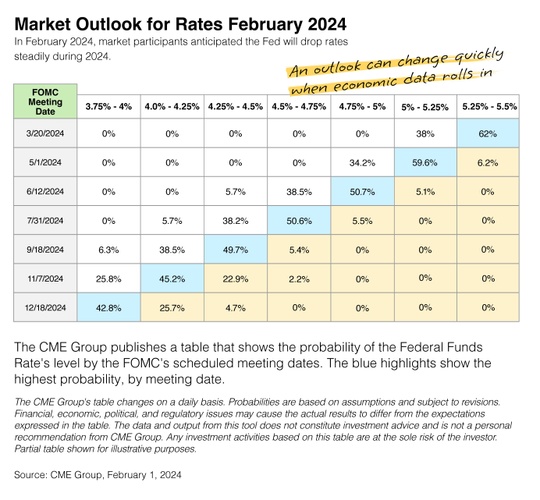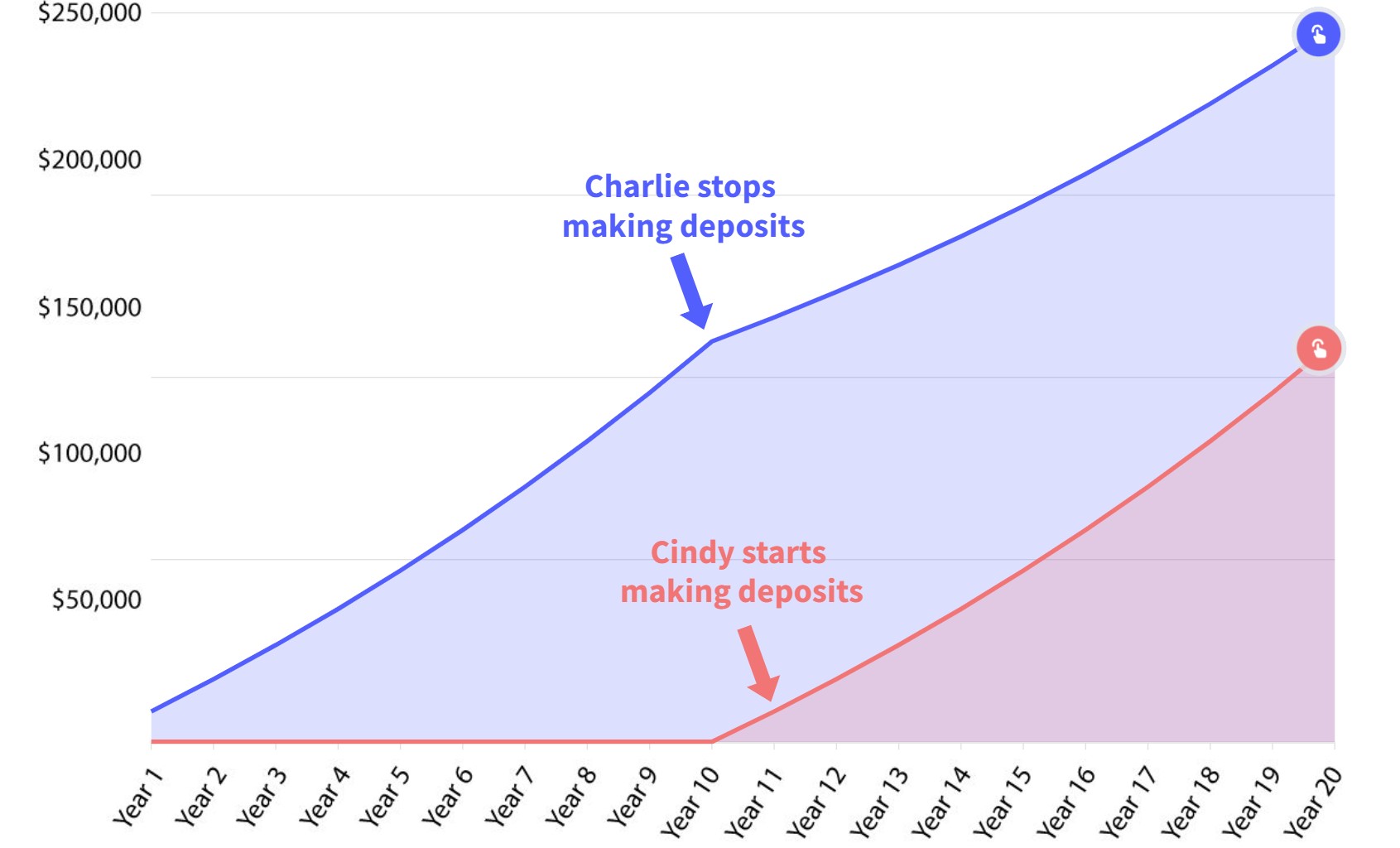EVs―The Next Big Thing
An Interesting Email
We recently received an interesting email from a reader of our RFS website. Katie Griffin is a Senior Communications Specialist at EcoWatch.org, a group devoted to disseminating information on the environment to help reduce carbon emissions and their deleterious effects on the atmosphere. Turns out that Ms. Griffin read our article about Lithium,[i] which we sent to clients and friends in August of 2021.
In her email, Ms. Griffin wrote:
I wanted to reach out because I saw that you have some great information about electric cars on your page. It’s projected that there will be 18 million electric vehicles on U.S. roads by 2030. As EV’s grow in popularity, it’s important that people are aware of the different types, their impact on the environment and the pros and cons of purchasing one.
EcoWatch.org, which has a Twitter following of 238,000, recognized the growing popularity of electrical vehicles and as a result created a guide called “Electric Vehicles 101: Everything You Need to Know.” It’s a must-read for anyone wanting to buy, or just interested in, an EV. You may find the guide here.
Yes, Everything
The EcoWatch guide kid you not: It does indeed have everything you need to know about EVs.
- History: Did you know that in 1900 one-third of all vehicles on the road were electrical vehicles?
- Types of Electrical Vehicles: HEVs, PHEVs, BEVs, … the alphabet’s heyday.
- Are EVs Better for the Environment: yes, says the Guide. Some interesting facts here.
- How Long Does It Take to Charge an EV’s Battery: In the Guide, you’ll find not only “how long” but “where”; you’ll discover ‘Plugshare, a free website and phone app that bills itself as ‘the most accurate and complete public charging map worldwide, with stations from every major network in North America and Europe.’”
- Cost of Charging an EV: About half the cost of a combustion-engine car, says the Guide (assuming gas at $3.00 per gallon―so these days less than half).
- Uncle Sam Wants You (to buy an EV): The Guide covers the federal tax credits you can enjoy when you buy an EV …but …
Inflation Reduction Act (IRA) Changed All That
The recently enacted Inflation Reduction Act made significant changes to the federal tax credits available to EV buyers. According to CBS News:
President Biden’s signing of the Inflation Reduction Act is changing the landscape for Americans interested in buying an electric vehicle. The law replaces a previous tax break for EVs with a new set of credits, although that depends on where a car is assembled.
The manufacturing requirements are effective as of August 16, 2022, the day the bill became law. Other restrictions, including strict limits on where batteries can be mined and assembled, kick in starting in 2023 and ramp up in future years.[ii]
The IRA requires assembly of EVs in North America before federal tax credits are available. It also restricts battery mining and assembly to certain locations. To make certain your prospective EV qualifies, you can check it against this list provided by the Department of Energy.
CBS News provides the following list of eligible cars:[iii]
2022 models that likely qualify for a tax credit under the Inflation Reduction Act
- BMW 330e and X5
- Chrysler Pacifica PHEV
- Ford F Series
- Ford Escape PHEV and Mustang MACH E
- Ford Transit Van
- Jeep Grand Cherokee PHEV and Jeep Wrangler PHEV
- Lincoln Aviator PHEV and Corsair Plug-in
- Lucid Air
- Nissan Leaf
- Rivian EDV, R1S and R1T
- Volvo S60
2023 models that likely qualify:
- BMW 330e
- Mercedes EQS SUV
- Nissan Leaf
You might notice that the list omits the most popular EVs sold in America; Chevrolet Bolt EV and EUV; GMC Hummer Pickup and SUV; and Tesla Model 3, Model S, Model X and Model Y vehicles. Even though these cars are assembled in America, their manufacturers have exceeded a sales cap under a previous law. This cap will be lifted in 2023, so if you’re shopping for an EV, you should include the popular models on your shopping list.
We’re On It
Only in the past four years have investors had the opportunity to invest in ETFs “specifically dedicated to driverless cars, electrical vehicles. and other innovations in the automobile industry.”[iv] For our Aggressive Growth Model, we selected DRIV.[v] The managers of this ETF―Global X―describe their overall philosophy in creating more than 60 ETFs:
A lineup that spans disruptive tech, equity income, hard-to-access emerging markets, and more. Or simply put, we strive to offer investors something beyond ordinary.[vi]
About the DRIV ETF, the managers have this to say:
EVs produce zero direct emissions, meaning broader adoption could result in reduced greenhouse gas emissions and improved urban air quality. Further advances in autonomous driving could also enhance roadway safety.
No One Knows
Who knows how far and how fast EVs will advance in the marketplace. With groups like EcoWatch (and, no doubt, hundreds more) supporting the transformational change to electrical vehicles and with the federal government eager to pay American citizens to buy them, it seems rational to conclude that investments like DRIV will do well in this decade.
But who knows where the overall stock market is heading. We’ve positioned our Aggressive Growth Model in a decidedly short position with the large 3x short position in SQQQ we bought on August 17, 2022. Counterbalancing this position are TQQQ and UPRO 3x long positions. When the market reveals its hand, we’ll sell either the short position (if the market is heading up) or the long position (if the market is heading down) and just ride in the direction our analysis takes us.
Call Us
As always, please call us at 301-294-7500. We are happy to answer any questions you have.
And please forward this email to family, friends, and colleagues―they, too, might be in the market for an electrical vehicle and would appreciate having access to EcoWatch’s EV Guide.




